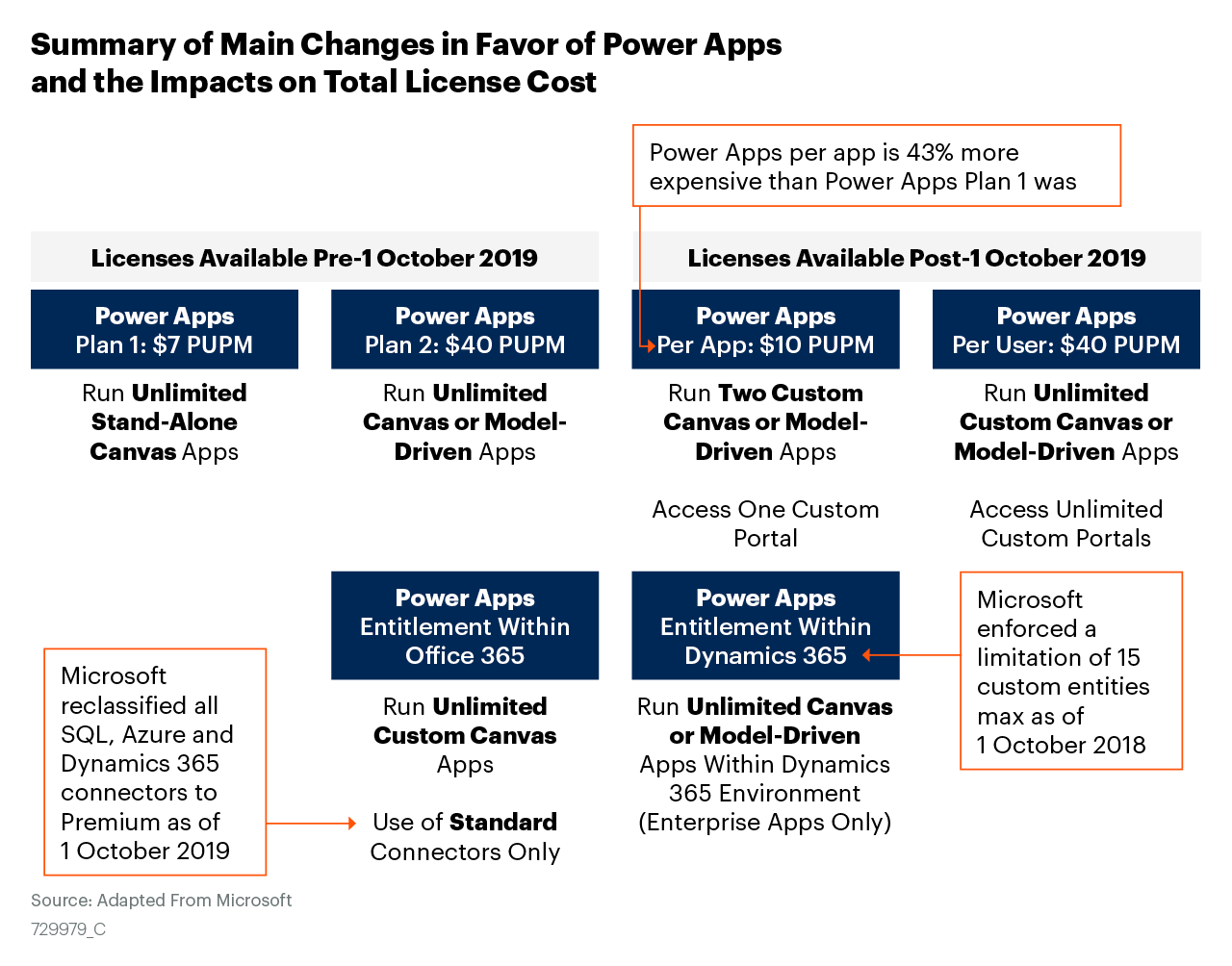3 Big Changes Coming From Microsoft in 2021 and How to Prepare

These are heady times for Microsoft, their sales reps and investors. The focus on remote work driven by the global pandemic has led to massive increases in demand for their cloud-based offerings. Here’s just a sampling of the boom from their recent earnings report:
- Teams has an average of 115M active daily users, up from 75M in early May
- Microsoft reached a total revenue of $37.2 billion for the most recent quarter
- Commercial cloud revenue grew 31% to $15.2 billion compared to a year before
- Windows Virtual Desktop usage tripled
- An eye-popping 30% jump in net income to $13.9 billion in the most recent quarter
Microsoft applications are nicely positioned to remain an integral part of most company’s technology portfolio. According to analysts, enterprise cloud spending will be the primary fuel for their revenue growth over the next several years. Microsoft has already recently adjusted its licensing on several core products, and given the changing economic environment, many companies — Microsoft included — will continue to make changes.
As an IT leader, it’s essential to stay on top of and understand any Microsoft licensing terms and cloud pricing changes and how they may affect your organization’s compliance and cost. Let’s dive into some of the big changes you can expect to see from Microsoft in the coming year and how to prepare.
1. Microsoft Exchange Server, SharePoint Server will only be offered on a subscription basis
In 2021, Microsoft will be moving some of its applications for on-premises servers to a subscription model.
So, what does that mean for you?
According to Greg Taylor, Director of Marketing for Exchange, “the next versions of Exchange Server, SharePoint Server, Skype for Business Server will be available in the second half of 2021, and only be available with the purchase of a subscription license.” Although this new subscription will entitle you to updates and support for the lifetime of your subscription, customers will no longer be able to opt for the perpetual model.
This could mean a big change for enterprise organizations as they start thinking about how to transition their important server applications away from on-premises and into subscription offerings. Microsoft has already publicized that the extended support end date for Exchange Server 2013 will be April 4, 2023, and the end date for Exchange Server 2016 Enterprise Edition will be October 14, 2025.
2. Stand-alone licenses for Power Apps
Power Apps allows customers to build custom apps for their business needs. As of right now, the use rights are included in Office 365 and Dynamics 365 at no additional cost. But in the coming year, use rights and entitlement changes by Microsoft could mean that continuing to use Power Apps will come with a heavy price tag.
Microsoft will be reducing or restricting some of the current Power Apps entitlements meaning that customers that have been using Power Apps since 2019, will be forced to purchase stand-alone licenses. Microsoft has also changed the license model so that customers looking to renew will face double the licensing costs. You can see the full impact of Microsoft’s changes in the figure below.

To prepare for the immediate change and avoid getting caught with a potential 50% – 200% increase in license costs, you should cost model both license options, re-evaluate the ways you are using the application and improve your negotiating position by gaining visibility over all your costs within Dynamics 365 and Power Apps subscriptions.
3. The end of Microsoft Open Licensing Program
For more than 20 years, Microsoft Open License program allowed small and midsized customers to buy multiple perpetual software licenses at a volume price. But as of January 1, 2022, commercial customers won’t be able to buy new or renew software licenses or online services through the Open License program.
Per Microsoft’s recent announcement, they will be discontinuing the previous program and introducing new perpetual software license purchasing in its place — a pay-once, non-subscription license that will never expire.
Microsoft’s clean removal of open licensing plans is a big deal, but for now it only impacts customers between 100-250 seats. And in some ways, we are left to sit back and watch what happens as this smaller subset of Microsoft’s customers are impacted. However, larger organizations should start thinking about how this change could impact them because it’s only a matter of time until this change applies to companies with 500+ seats.
This deliberate move by Microsoft is part of a larger collection of changes they’re calling the “enhanced commerce experience.” We can expect to see more announcements around agreement types in the coming months.
Making data-driven decisions entering 2021
As the new year approaches, it’s crucial to stay on top of Microsoft changes and be prepared for negotiations and renewal conversations. Microsoft uses point of renewal to get you to do what they want, whether that’s moving to Azure or Office 365, or moving from subscription to perpetual licensing. But during those conversations, with the right preparation, you can take advantage of that pressure to forward your own IT goals.
Snow can help you gain visibility and predictability over what software is being used in your organization, how often, and by whom. With information on your current entitlements and usage, you can be in a position of power during renewals. Using the right data and information, you can buy the correct number of licenses in advance, negotiate against their contract, and avoid costly mistakes.
Learn more about how you can save money on migrations and renewals in the new year and get ahead of the changes in our guide, “5 Ways to Cut Spending on Microsoft.“
1 Gartner, “Microsoft License Changes Can Increase Customer Investment Into Power Apps” by Ben Jepson, Dolores Ianni, Sarah Davies. October 27, 2020.